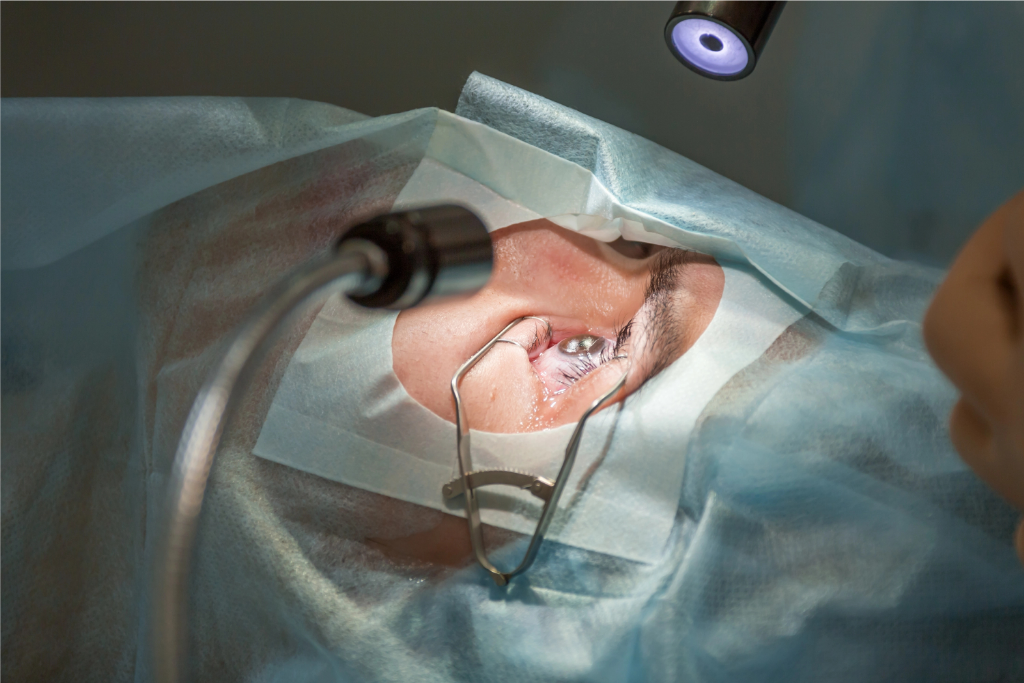
As we age, focusing on near objects can become increasingly difficult. This common condition is called presbyopia, and it can impact your daily life, making activities like reading, using your phone, and working on the computer a frustrating experience. Fortunately, Dr. Soroudi has vast experience helping people navigate this experience.
At Soroudi Advanced LASIK & Eye Centers, we understand the challenges that presbyopia presents. We offer comprehensive evaluations and personalized treatment plans tailored to address your individual needs, helping you see clearly again. If multifocal lenses or reading glasses are not the solution, surgical procedures may be an option.

Presbyopia is a natural, age-related eye condition that makes it difficult to see objects up close. It occurs because the lens inside your eye, which is normally flexible and helps you focus, gradually stiffens over time. This loss of flexibility makes it harder for your eyes to change shape and focus on near tasks like reading, using your phone, or working on a computer. It’s a progressive condition that typically becomes noticeable in your early to mid-40s and continues to develop over time.

© Soroudi Vision . All Rights Reserved.